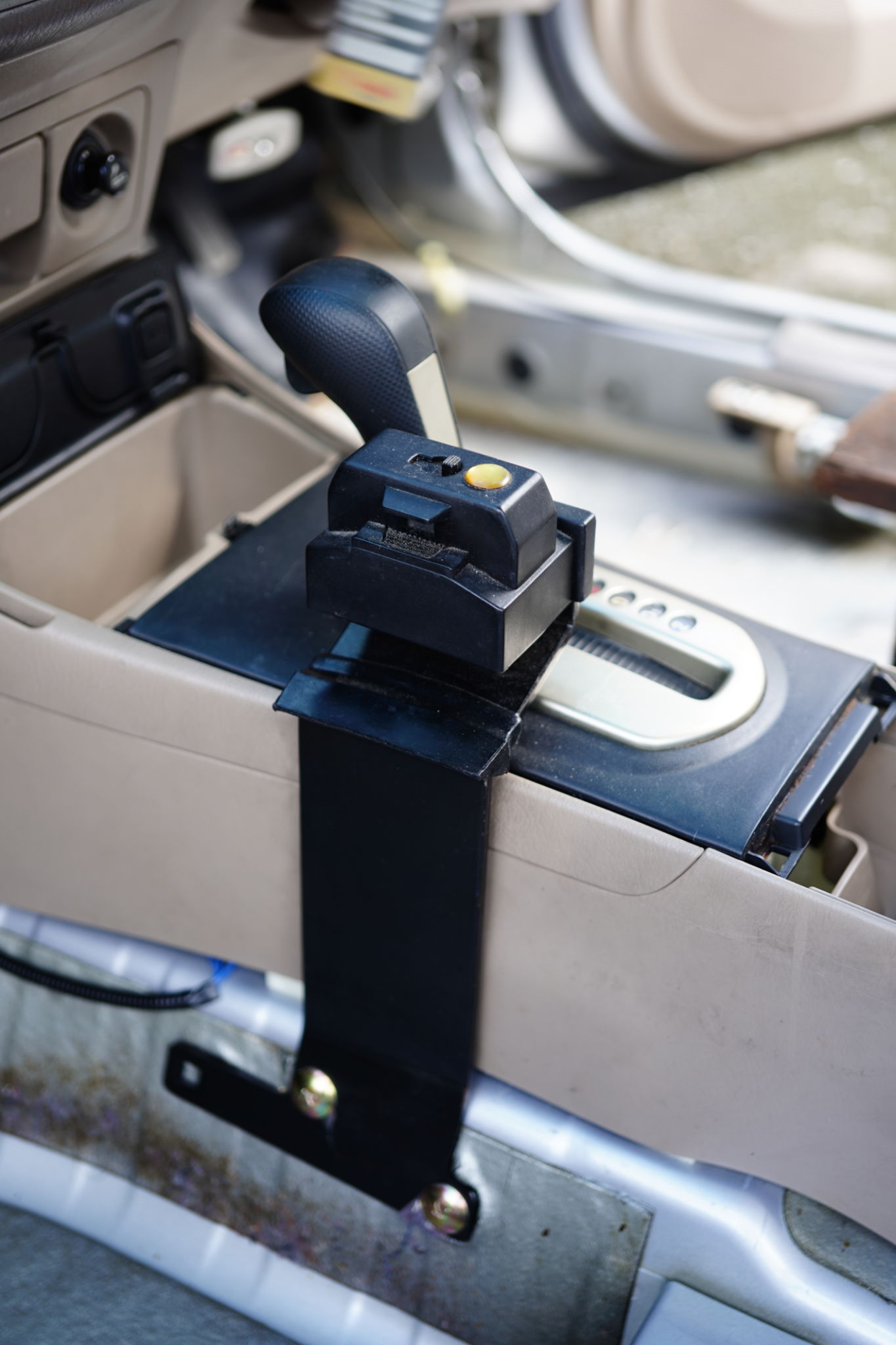ADAS Calibration and the Future of Vehicle Safety Technology
Understanding ADAS Calibration
Advanced Driver Assistance Systems (ADAS) are rapidly becoming the cornerstone of modern vehicle safety technology. These systems include features like lane departure warnings, adaptive cruise control, and automatic emergency braking. However, for these technologies to operate effectively, precise ADAS calibration is essential. Calibration ensures that the sensors and cameras that power these systems are aligned correctly, providing accurate data to assist the driver.
When a vehicle undergoes repairs or even minor adjustments, such as windshield replacements or wheel alignments, the ADAS components may require recalibration. This process guarantees that all safety features function as intended, minimizing the risk of accidents due to sensor misalignment.

The Importance of Regular Calibration
Regular calibration of ADAS components is crucial for maintaining optimal performance. As vehicles age or encounter wear and tear, sensor accuracy can diminish. This can lead to false positives or negatives in safety alerts, potentially endangering the driver and passengers.
Manufacturers recommend periodic calibration checks, especially after specific events like collisions or part replacements. By adhering to these guidelines, drivers can ensure their safety systems are reliable and precise, providing peace of mind on the road.
Common Scenarios Requiring Calibration
- Windshield replacements
- Collision repairs
- Suspension changes
- Tire replacements or alignments

The Future of Vehicle Safety Technology
The future of vehicle safety technology is intertwined with advancements in ADAS. As these systems become more sophisticated, the need for accurate calibration will grow. Innovations in technology are leading to the development of more autonomous features, which rely heavily on precise sensor data.
Autonomous vehicles, in particular, will depend on highly accurate calibration to navigate safely. As we move towards a future where self-driving cars become commonplace, ensuring that ADAS components are perfectly tuned will be paramount to passenger safety.
Emerging Trends in ADAS Technology
The automotive industry is seeing a surge in the development of more advanced ADAS functionalities. Features such as V2X (vehicle-to-everything) communication and AI-driven analytics are paving the way for smarter, safer vehicles. These advancements offer enhanced situational awareness and predictive capabilities, allowing vehicles to respond proactively to potential hazards.

Conclusion: The Path Ahead
As we look towards the future of vehicle safety, ADAS calibration will remain a critical component in the evolution of automotive technology. By ensuring that these systems are accurately calibrated, we can harness the full potential of advanced safety features, ultimately reducing road accidents and saving lives.
The journey towards safer roads is ongoing, and with continued investment in ADAS technology and calibration processes, the automotive industry is well-positioned to lead this transformation. Drivers can look forward to a future where technology not only enhances driving experiences but also significantly improves safety standards on a global scale.